Painting Tips for a Cozy Living Room
Adding a fresh coat of paint to your living room is a simple and cost-effective way to give your space a new look. Not only does it freshen up the room, but it can also add warmth and personality to the space. Here are 10 painting tips to help you achieve a cozy and inviting living room.
10 Living Room Painting Tips for a Professional Finish
1. Start with a clean and smooth surface. Before you begin painting, make sure to clean the walls and patch any holes or imperfections. This will ensure a smooth and even paint application.
2. Choose the right paint finish. For a cozy living room, opt for a satin or eggshell finish. These finishes have a slight sheen that will reflect light and add warmth to the room.
3. Protect your furniture and floors. Cover your furniture with drop cloths and use painter's tape to protect your floors and trim. This will prevent any accidental spills or drips from ruining your furniture or floors.
4. Invest in quality paint and tools. Quality paint will provide better coverage and a longer-lasting finish. Invest in good quality brushes and rollers for a professional-looking result.
5. Use a primer. If you are painting over a dark or bold color, it is recommended to use a primer first. This will help the new color adhere better and prevent any bleed-through.
6. Paint in the right order. Start from the top and work your way down. Paint the ceiling first, then the walls, and finally the trim. This will prevent any drips from falling onto already painted surfaces.
7. Consider using an accent wall. Painting one wall in a bold or contrasting color can add depth and interest to your living room. Just make sure it complements the rest of your decor.
8. Don't be afraid to mix colors. For a cozy and inviting feel, consider using a warm color palette. Mix and match different shades of the same color to add dimension to the room.
9. Use natural light to your advantage. Before choosing a paint color, consider how it will look in natural light. Test out samples on different walls to see how the color changes throughout the day.
10. Take your time. Painting a living room can be a time-consuming process, but it's important to take your time and do it right. Rushing through the process can result in a sloppy finish.
Expert Tips for Choosing the Right Paint Color for Your Living Room
Choosing the right paint color for your living room can be a daunting task. With so many options available, it can be overwhelming to make a decision. Here are some expert tips to help you choose the perfect color for your space.
1. Consider the size and natural light in your living room. If you have a small living room with limited natural light, opt for lighter shades to make the room feel more spacious. If you have a large living room with plenty of natural light, you can be bolder with your color choices.
2. Take inspiration from your existing decor. Look at the colors and patterns in your furniture, curtains, and rugs. Use these as a starting point for choosing a paint color that will complement your existing decor.
3. Consider the mood you want to create. Different colors can evoke different emotions, so think about the atmosphere you want to create in your living room. Soft blues and greens can create a calming and serene ambiance, while warm yellows and oranges can add a cozy and welcoming feel.
4. Test out paint samples. It's always a good idea to test out paint samples on your walls before committing to a color. Paint large swatches on different walls to see how the color looks in different lighting and at different times of the day.
5. Don't be afraid to go neutral. If you're unsure about which color to choose, you can never go wrong with a neutral color like beige, gray, or white. These colors are versatile and can easily be paired with different decor styles.
5 Tips for Painting a Small Living Room
Painting a small living room can be a bit challenging, but with the right techniques, you can make the space feel bigger and more inviting. Here are 5 tips for painting a small living room.
1. Stick to light colors. Lighter shades will reflect light and make the room feel more spacious. Avoid dark colors that can make the room feel smaller and more cramped.
2. Use horizontal stripes. Painting horizontal stripes on one wall can create the illusion of a wider room. Just make sure to use light colors and keep the stripes evenly spaced.
3. Paint the ceiling a lighter color. Painting the ceiling a lighter color than the walls will give the impression of a higher ceiling, making the room feel more open and airy.
4. Use a high-gloss finish. A high-gloss finish will reflect light and make the walls appear smoother and more expansive. It's also easier to clean, which is great for high-traffic areas like a living room.
5. Keep it simple. Avoid using too many colors or patterns in a small living room. Stick to a simple color palette and use pops of color through accessories and decor.
How to Paint a Living Room: Tips and Tricks for a Flawless Finish
If you're new to painting, it can seem like a daunting task to paint your entire living room. But with the right techniques, you can achieve a professional-looking finish. Here are some tips and tricks for painting a living room.
1. Use a paint roller for larger areas. A paint roller is the best tool for painting large and smooth surfaces like walls and ceilings. Use a brush for smaller and more detailed areas like trim and corners.
2. Use a paint grid or tray. Pouring paint into a paint tray can be messy and wasteful. A paint grid is a better option as it allows you to evenly distribute the paint on your roller and prevents drips and spills.
3. Paint in a W shape. To avoid roller marks, paint in a W shape and then fill in the gaps with horizontal strokes. This will help to evenly distribute the paint and create a smooth finish.
4. Use a cutting-in technique. When painting around trim and corners, use a cutting-in technique with a brush. This involves painting a straight line along the edge, then filling in the rest with horizontal strokes.
5. Don't forget to stir the paint. Before you start painting, make sure to stir the paint thoroughly. This will ensure an even color and consistency throughout.
Living Room Painting Ideas: Tips for Creating a Beautiful Space
If you're looking to add some personality and style to your living room, painting is a great way to do so. Here are some ideas to help you create a beautiful and inviting living room.
1. Create an accent wall. Painting one wall in a bold or contrasting color can add visual interest and make a statement in your living room.
2. Use a two-tone wall. Painting the top half of your wall one color and the bottom half another can add depth and dimension to your living room.
3. Try a striped wall. Painting vertical or horizontal stripes on your wall can create a unique and eye-catching feature in your living room.
4. Use stencils. Stenciling a pattern on your walls is a great way to add texture and design without committing to a full wall of color.
5. Paint your ceiling. Don't forget about the fifth wall in your living room - the ceiling. Adding a pop of color to your ceiling can add interest and make the room feel cozier.
7 Tips for Painting Your Living Room Ceiling
Painting a ceiling can be a bit tricky, but with these tips, you can achieve a flawless finish.
1. Use a flat or matte finish. Ceilings are prone to imperfections, so a flat or matte finish will help to hide any flaws and give a smooth appearance.
2. Start in the corners. Use a brush to paint around the corners and edges of the ceiling first. This will make it easier to use a roller for the larger areas.
3. Use an extension pole. An extension pole will make it easier to reach the ceiling without having to use a ladder. This will also prevent any accidental drips from your roller.
4. Paint in small sections. It's easier to manage painting in smaller sections instead of trying to cover the entire ceiling at once. This will also help to avoid any roller marks.
5. Paint in the same direction. For a consistent finish, make sure to paint in the same direction throughout the entire ceiling.
6. Use a primer if necessary. If you're painting over a dark or bold color, it's recommended to use a primer first to ensure good coverage and prevent any bleed-through.
7. Take breaks. Painting a ceiling can be physically demanding, so make sure to take breaks and stretch your arms and shoulders to prevent any strain.
Living Room Paint Colors: Tips for Choosing the Perfect Shade
Choosing the right paint color for your living room can make all the difference in creating a cozy and inviting space. Here are some tips for selecting the perfect shade for your living room.
1. Consider the mood you want to create. Different colors can evoke different emotions, so think about the atmosphere you want to create in your living room. Soft blues and greens can create a calming and serene ambiance, while warm yellows and oranges can add a cozy and welcoming feel.
2. Test out paint samples. It's always a good idea to test out paint samples on your walls before committing to a color. Paint large swatches on different walls to see how the color looks in different lighting and at different times of the day.
3. Take inspiration from your existing decor. Look at the colors and patterns in your furniture, curtains, and rugs. Use these as a starting point for choosing a paint color that will complement your existing decor.
4. Consider the size and natural light in your living room. If you have a small living room with limited natural light, opt for lighter shades to make the room feel more spacious. If you have a large living room with plenty of natural light, you can be bolder with your color choices.
5. Don't be afraid to go neutral. If you're unsure about which color to choose, you can never go wrong with a neutral color like beige, gray, or white. These colors are versatile and can easily be paired with different decor styles.
10 Tips for Painting Your Living Room Furniture
Painting your living room furniture is a great way to give it a new look without having to buy new pieces. Here are 10 tips to help you achieve a professional-looking finish.
1. Choose the right paint. For furniture, it's best to use a paint specifically designed for wood or metal surfaces. These paints are more durable and will provide better coverage.
2. Prep your furniture. Make sure to clean and sand your furniture before painting. This will help the paint adhere better and create a smoother finish.
3. Use a primer. If you're painting over a dark or glossy surface, it's recommended to use a primer first. This will ensure good coverage and prevent any bleed-through.
4. Take your furniture apart. If possible, it's easier to paint furniture when it's disassembled. This will make it easier to reach all the nooks and crannies.
5. Use a brush for detailed areas. Use a brush to paint detailed areas and corners of your furniture. A small foam roller can also be used for larger areas.
6. Use light coats. It's better to apply several light coats of paint instead of one thick coat. This will prevent drips and create a smoother finish.
7. Sand between coats. For an even smoother finish, lightly sand your furniture between coats of paint. This will also help the subsequent coats adhere better.
8. Consider adding a topcoat. For added durability, consider adding a clear topcoat to your furniture. This will protect the paint from scratches and stains.
9. Don't rush. Take your time when painting furniture to ensure a professional-looking finish. Rushing through the process can result in a sloppy and uneven finish.
10. Let it dry completely. Make sure to let your furniture dry completely before using it. This will ensure that the paint has fully cured and will prevent any damage to the finish.
How to Prep Your Living Room for Painting: Tips and Tricks
Before you dive into painting your living room, it's important to properly prep the space to ensure a successful and mess-free project. Here are some tips and tricks for prepping your living room for painting.
1. Clear the room. Remove all furniture, decor, and curtains from the room. Cover any remaining furniture and floors with drop cloths to protect them from paint drips.
2. Clean the walls. Use a mild cleaner to remove any dirt, dust, or grease from the walls. This will help the paint adhere better and prevent any imperfections.
3. Patch any holes or imperfections. Use spackling or putty to fill in any holes or imperfections in the walls. Sand the area once it's dry to create a smooth surface.
Choosing the Right Color Palette

Bringing Life to Your Living Room
 When it comes to painting your living room,
choosing the right color palette is crucial
. The colors you choose can greatly affect the overall look and ambiance of the space.
Neutral colors
such as whites, greys, and beiges are a popular choice as they create a
calming and versatile backdrop
for any decor style. However, don't be afraid to incorporate
bolder colors
such as deep blues, rich greens, or warm yellows to add character and personality to your living room.
Consider the size and natural lighting of your living room
when choosing colors. Lighter colors can make a small living room appear larger, while dark colors can make a larger room feel more intimate.
Remember to also consider the purpose of the room
- a bright and vibrant color may be more suitable for a lively family room, while a muted and serene color may be better for a peaceful reading nook.
Experiment with different color combinations
and don't be afraid to step out of your comfort zone to find the perfect color palette for your living room.
When it comes to painting your living room,
choosing the right color palette is crucial
. The colors you choose can greatly affect the overall look and ambiance of the space.
Neutral colors
such as whites, greys, and beiges are a popular choice as they create a
calming and versatile backdrop
for any decor style. However, don't be afraid to incorporate
bolder colors
such as deep blues, rich greens, or warm yellows to add character and personality to your living room.
Consider the size and natural lighting of your living room
when choosing colors. Lighter colors can make a small living room appear larger, while dark colors can make a larger room feel more intimate.
Remember to also consider the purpose of the room
- a bright and vibrant color may be more suitable for a lively family room, while a muted and serene color may be better for a peaceful reading nook.
Experiment with different color combinations
and don't be afraid to step out of your comfort zone to find the perfect color palette for your living room.

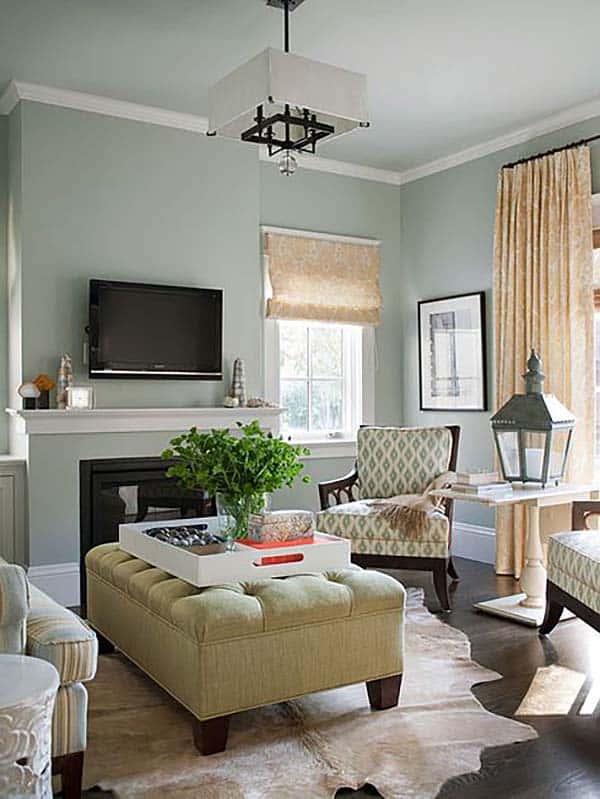
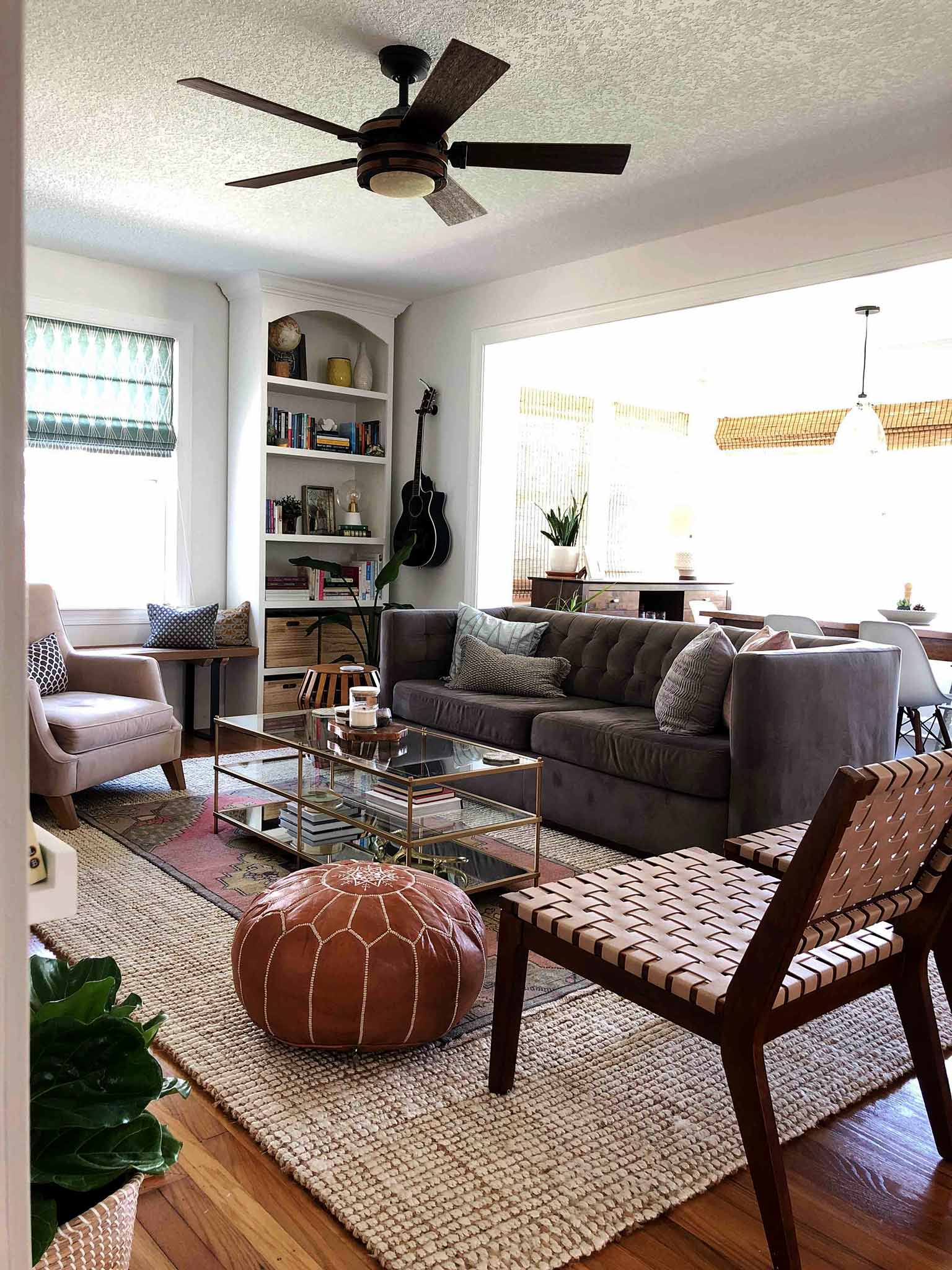


:max_bytes(150000):strip_icc()/orestudios_lonemadrone_05-0294eeaf854c4d8ebf34d13990996973.jpg)


:max_bytes(150000):strip_icc()/Cozy-living-room-with-vaulted-ceiling-589fb14d3df78c4758a5523e.png)

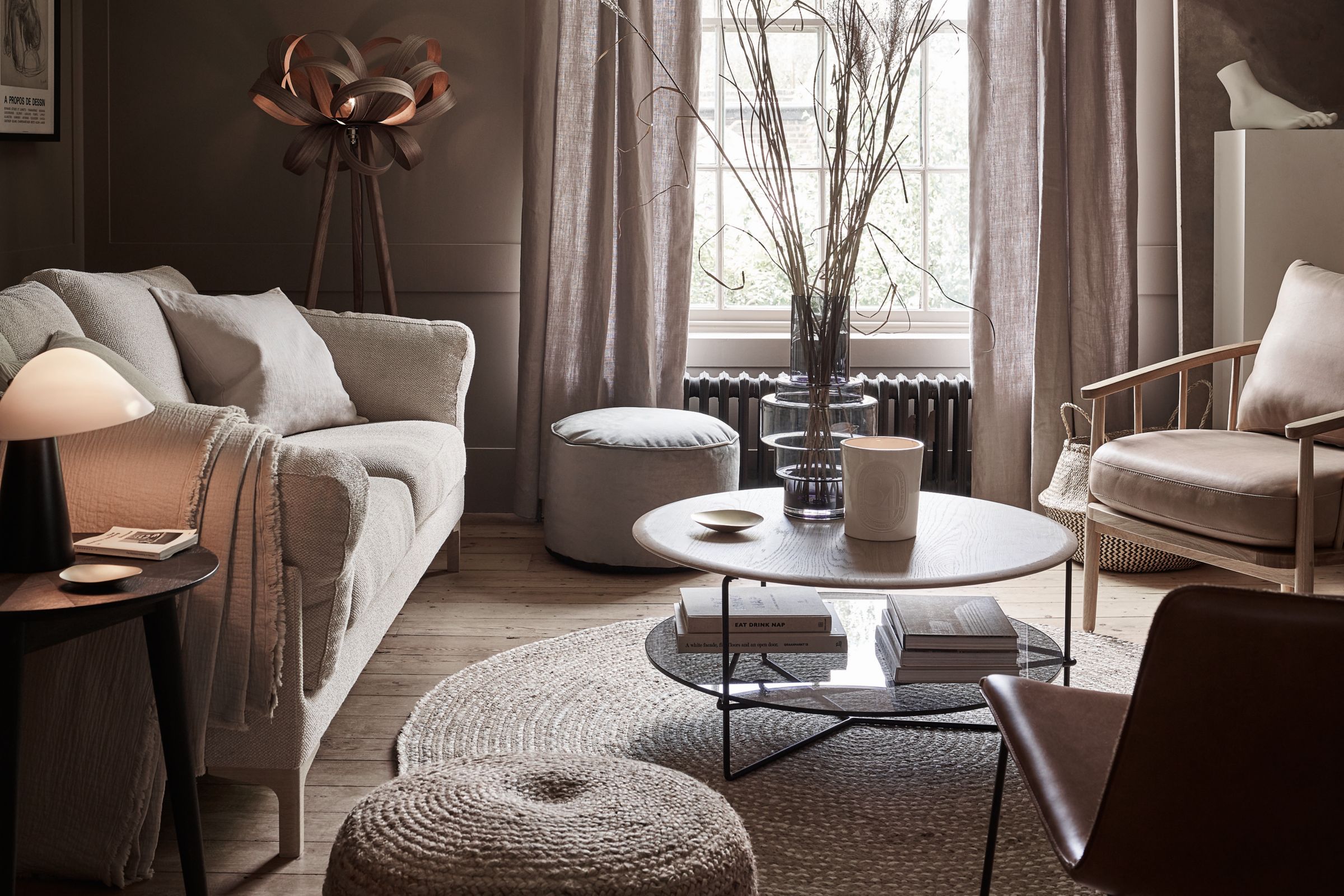
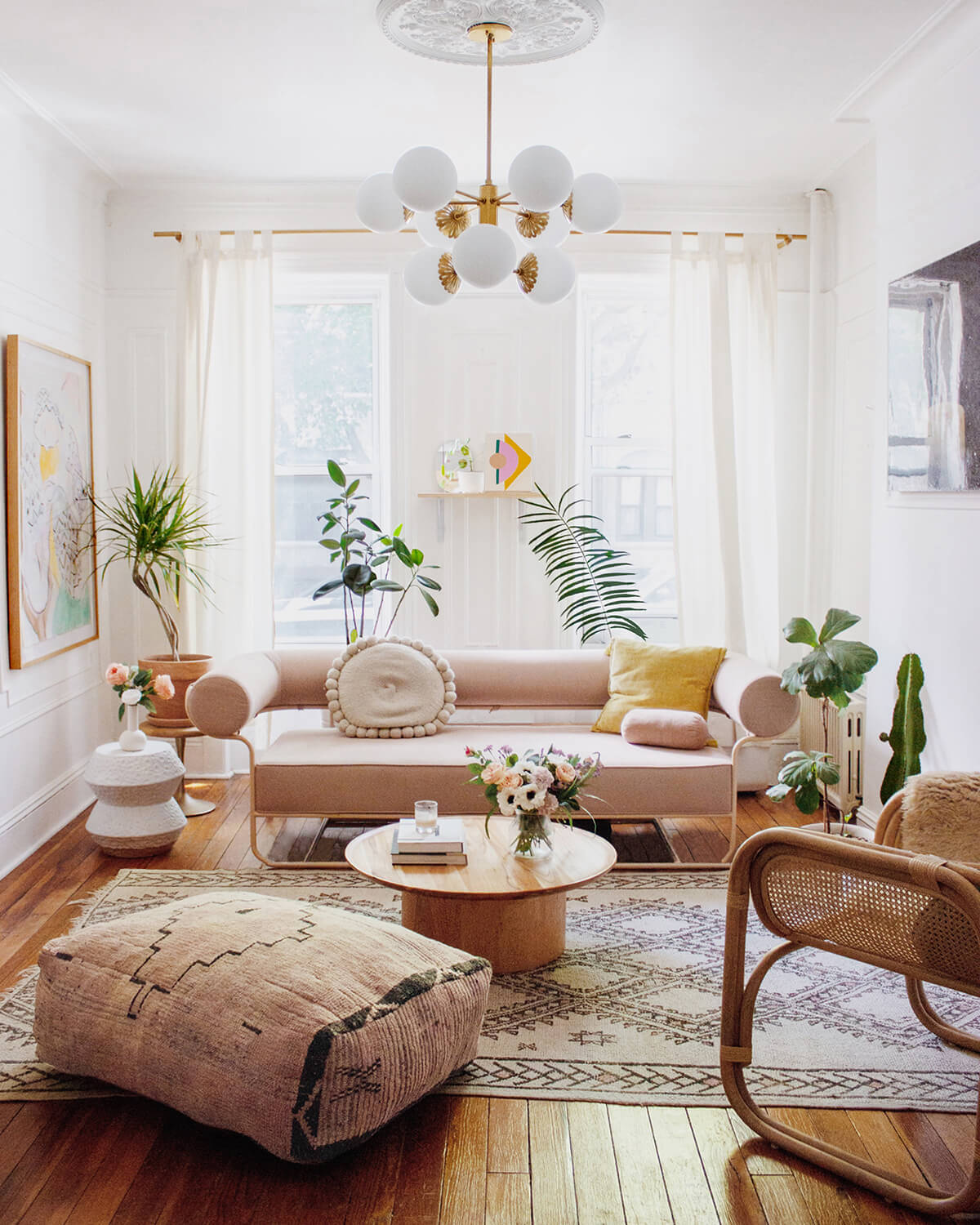



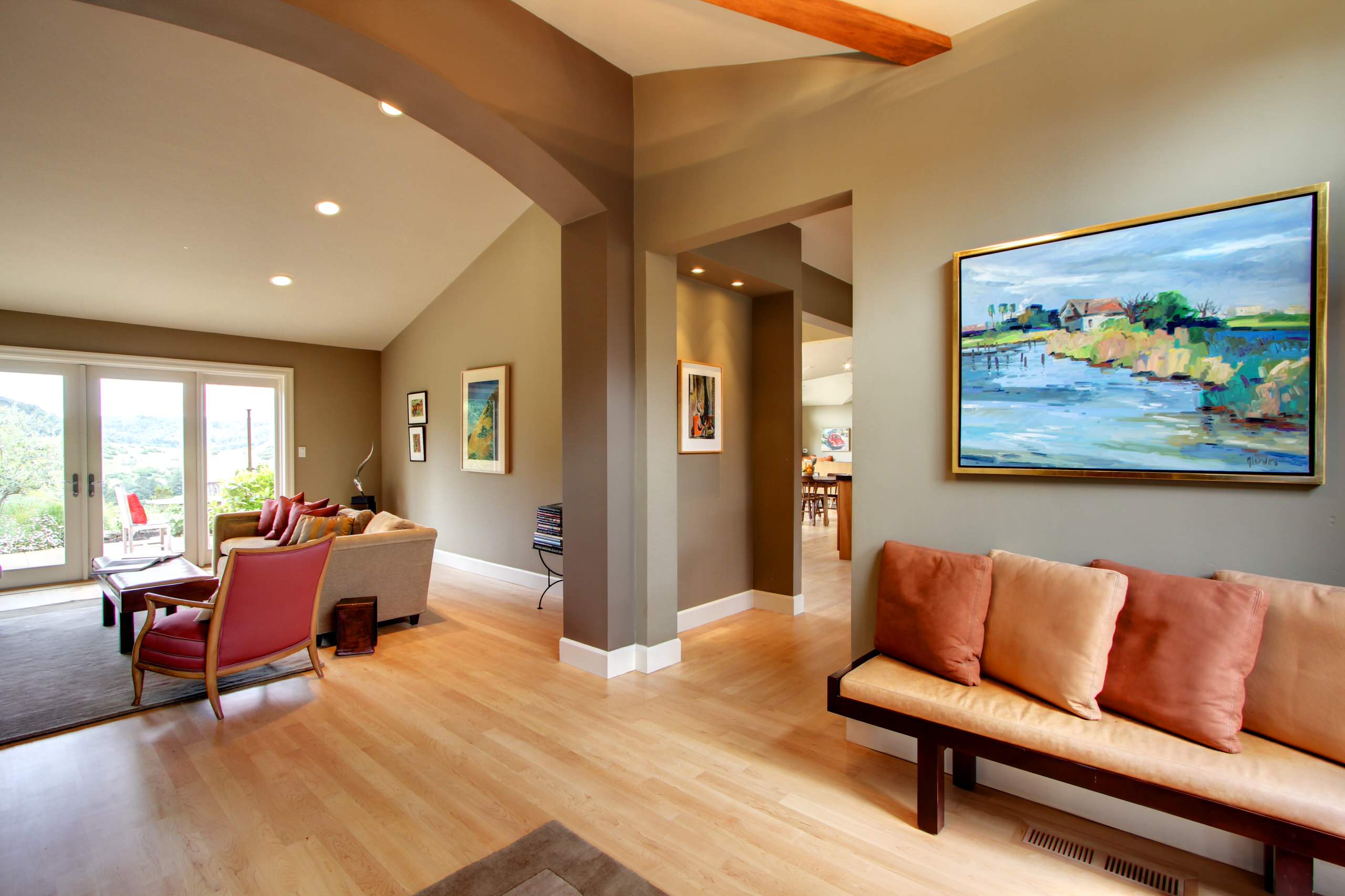



.jpg)



:max_bytes(150000):strip_icc()/choosing-interior-paint-colors-4011484-007-b567461297e44c4f8a84f1088e1f40ea.jpg)




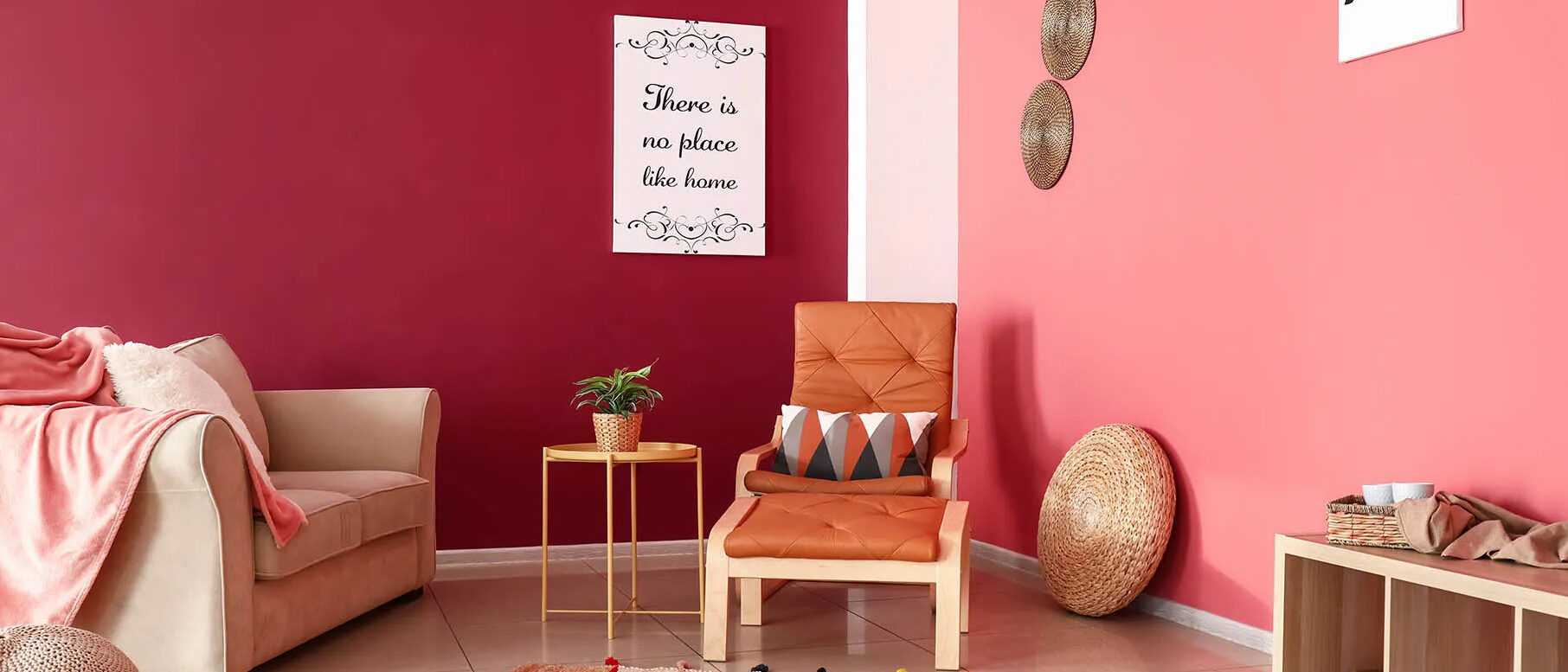

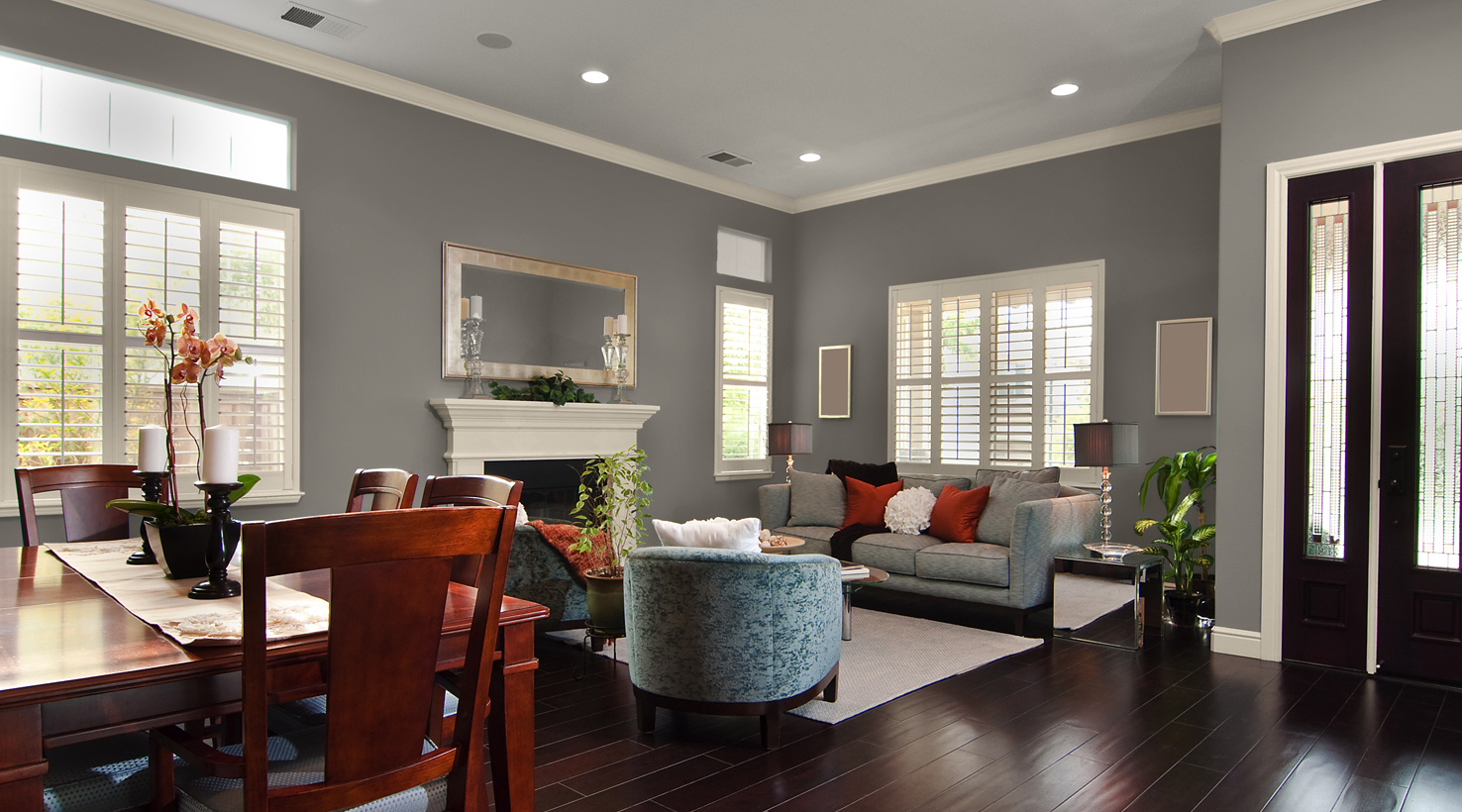




:max_bytes(150000):strip_icc()/small-living-room-furniture-arrangement-452694-3-Final-e4db7a3f688042e7b353898e5dea11ce.jpg)


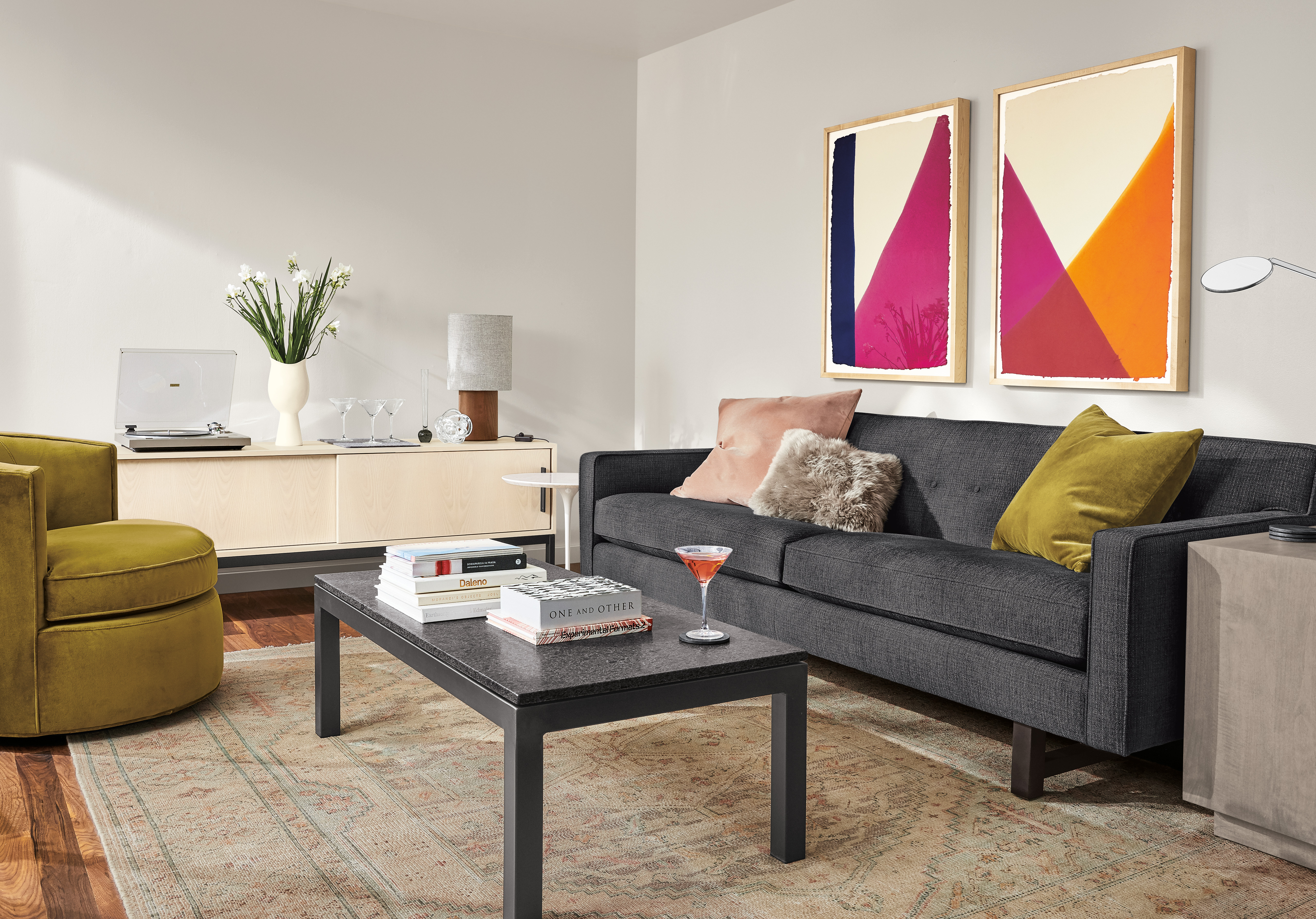










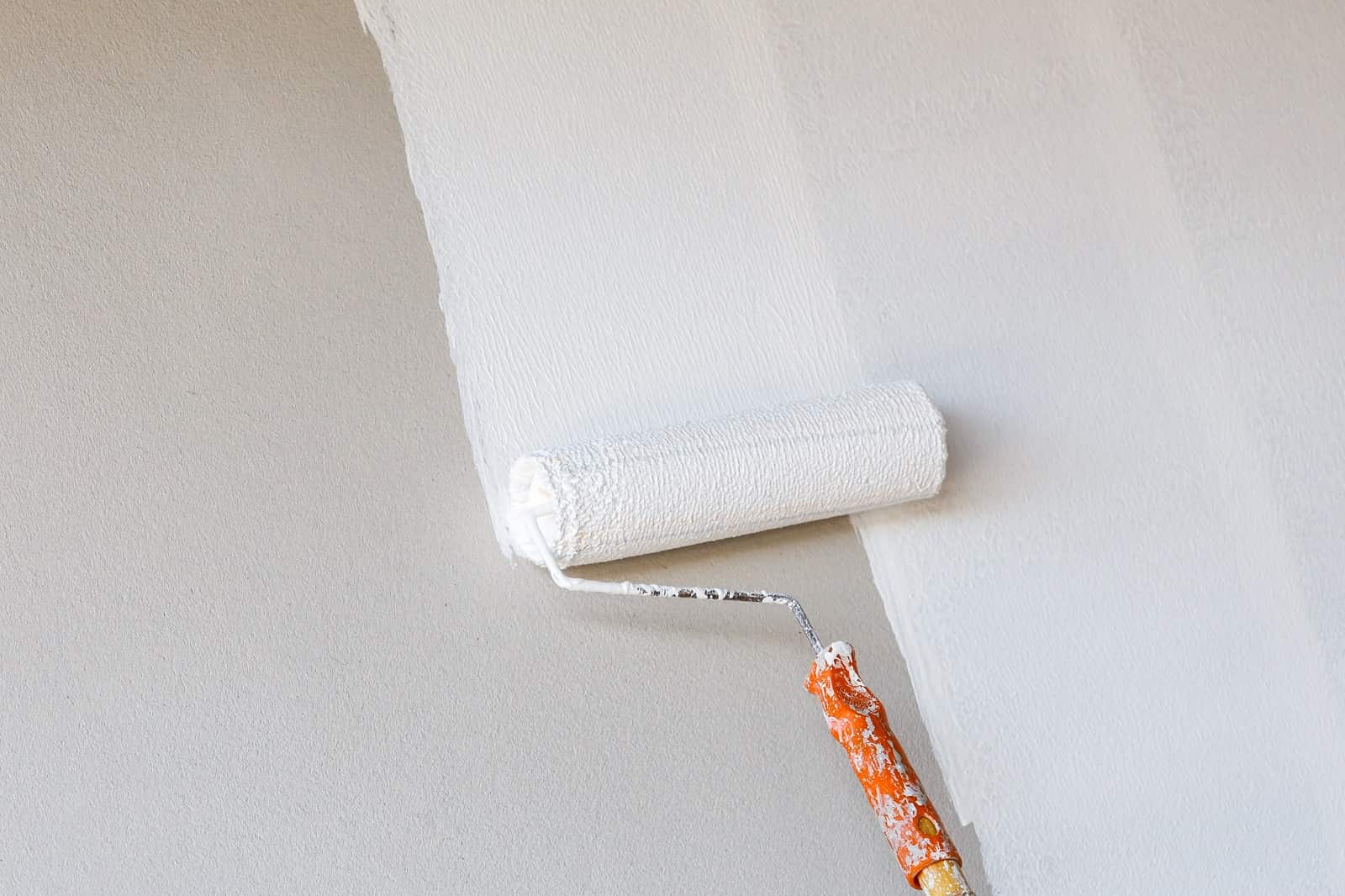






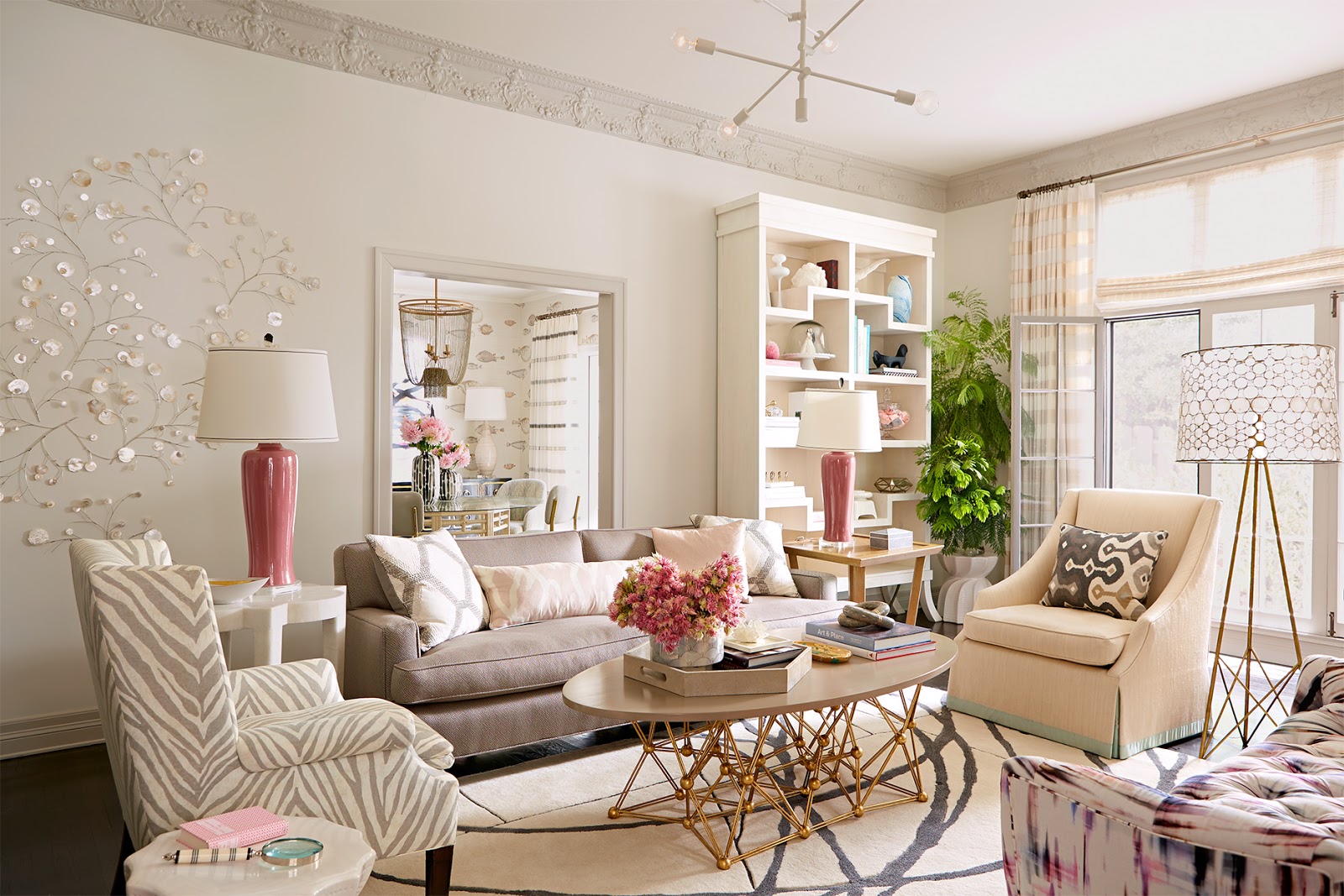


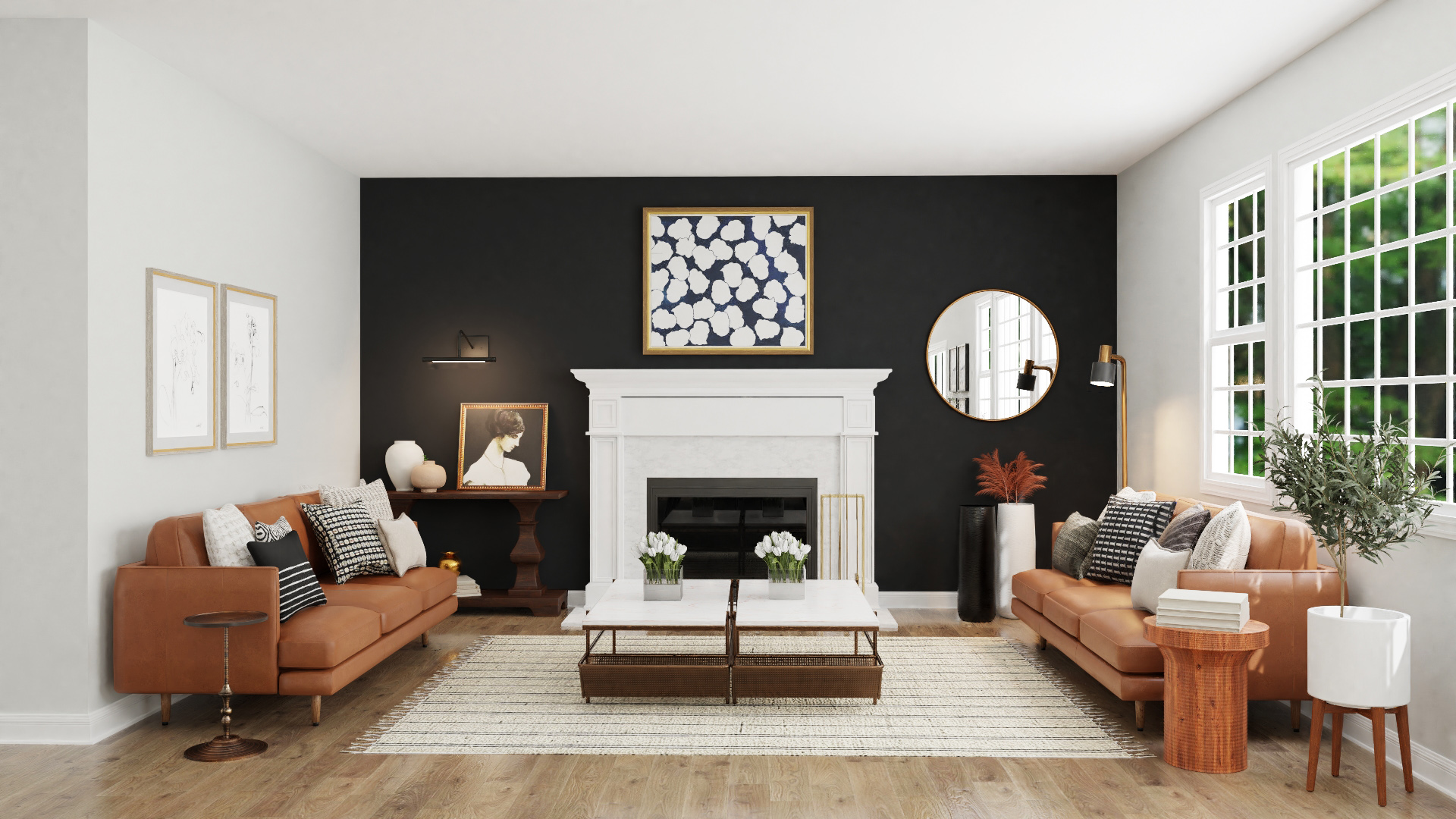




















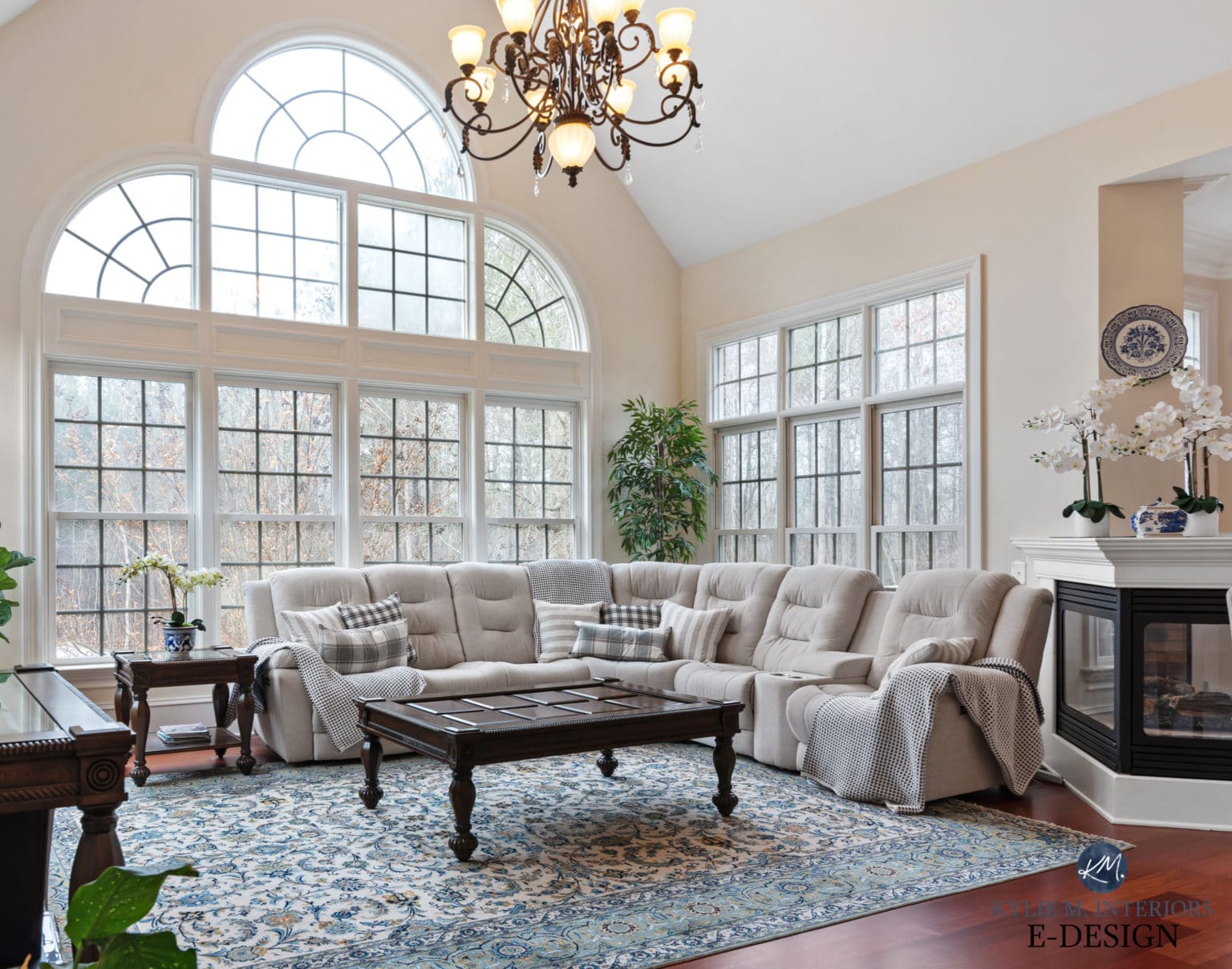






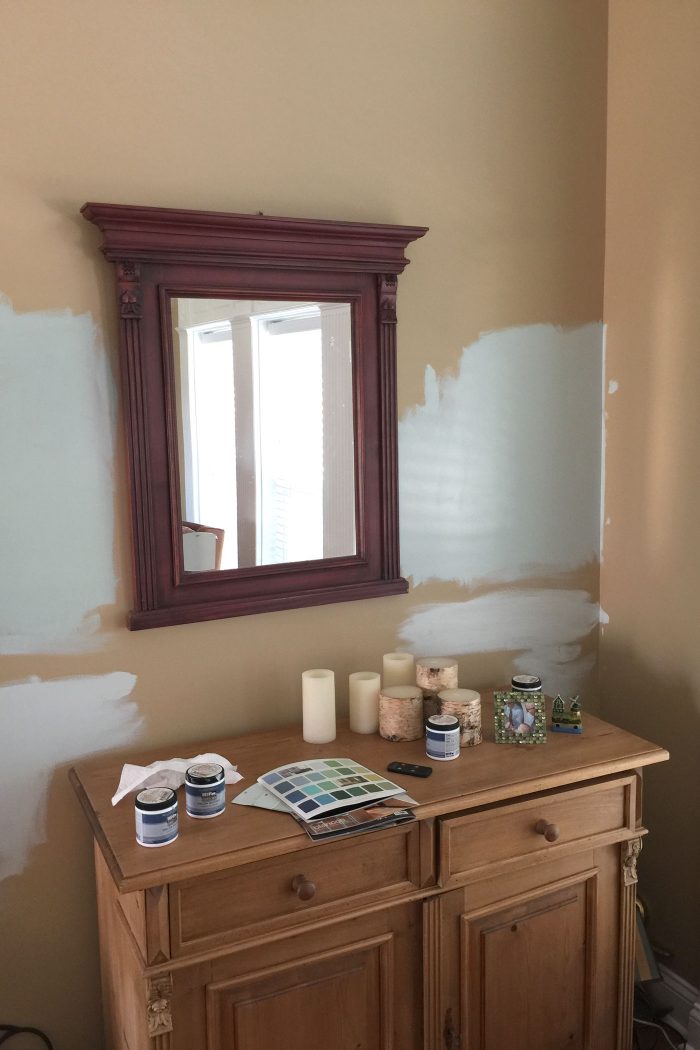
:max_bytes(150000):strip_icc()/Chuck-Schmidt-Getty-Images-56a5ae785f9b58b7d0ddfaf8.jpg)

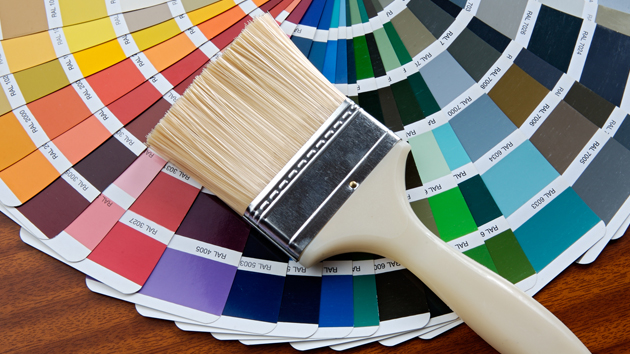







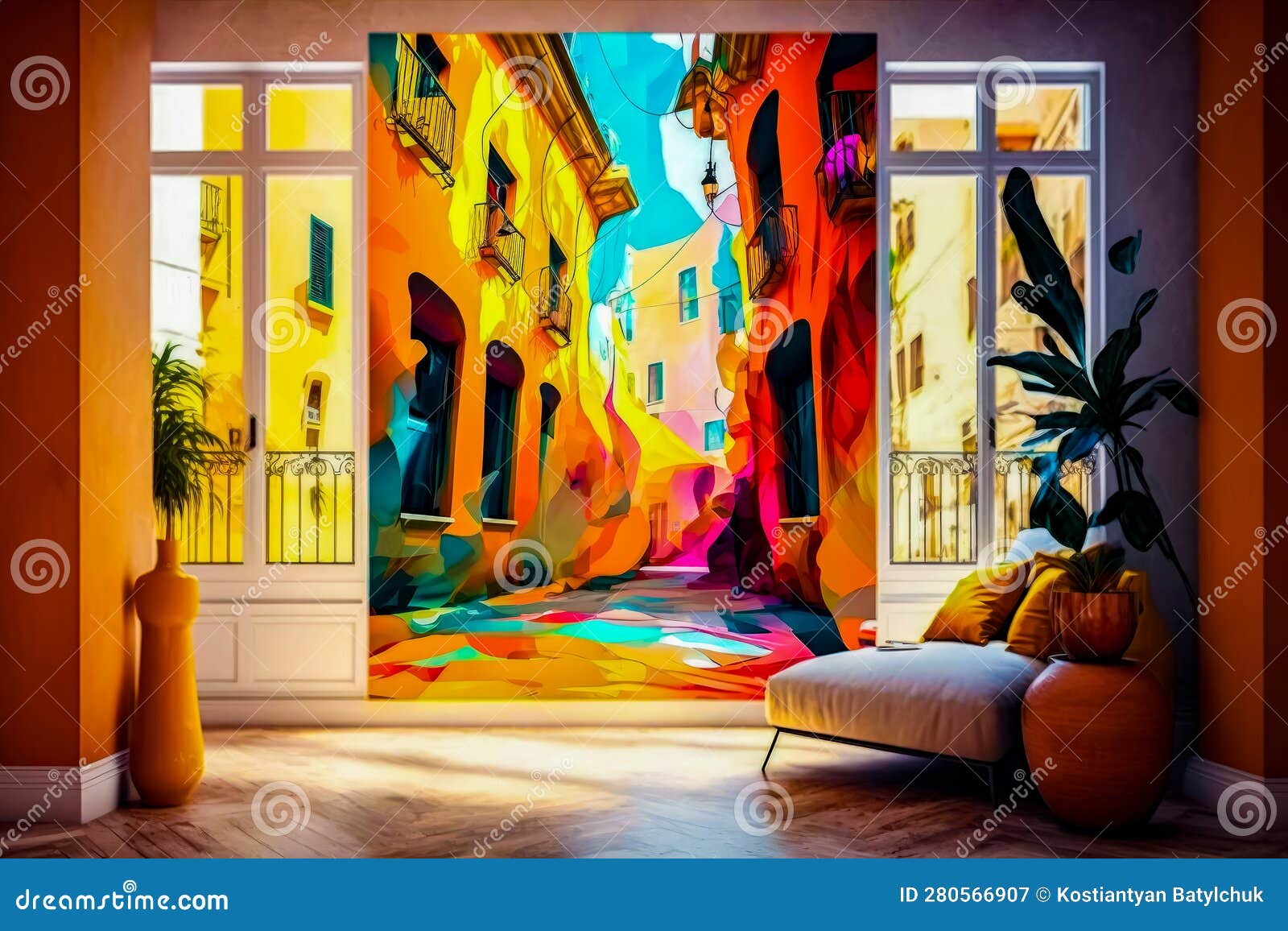



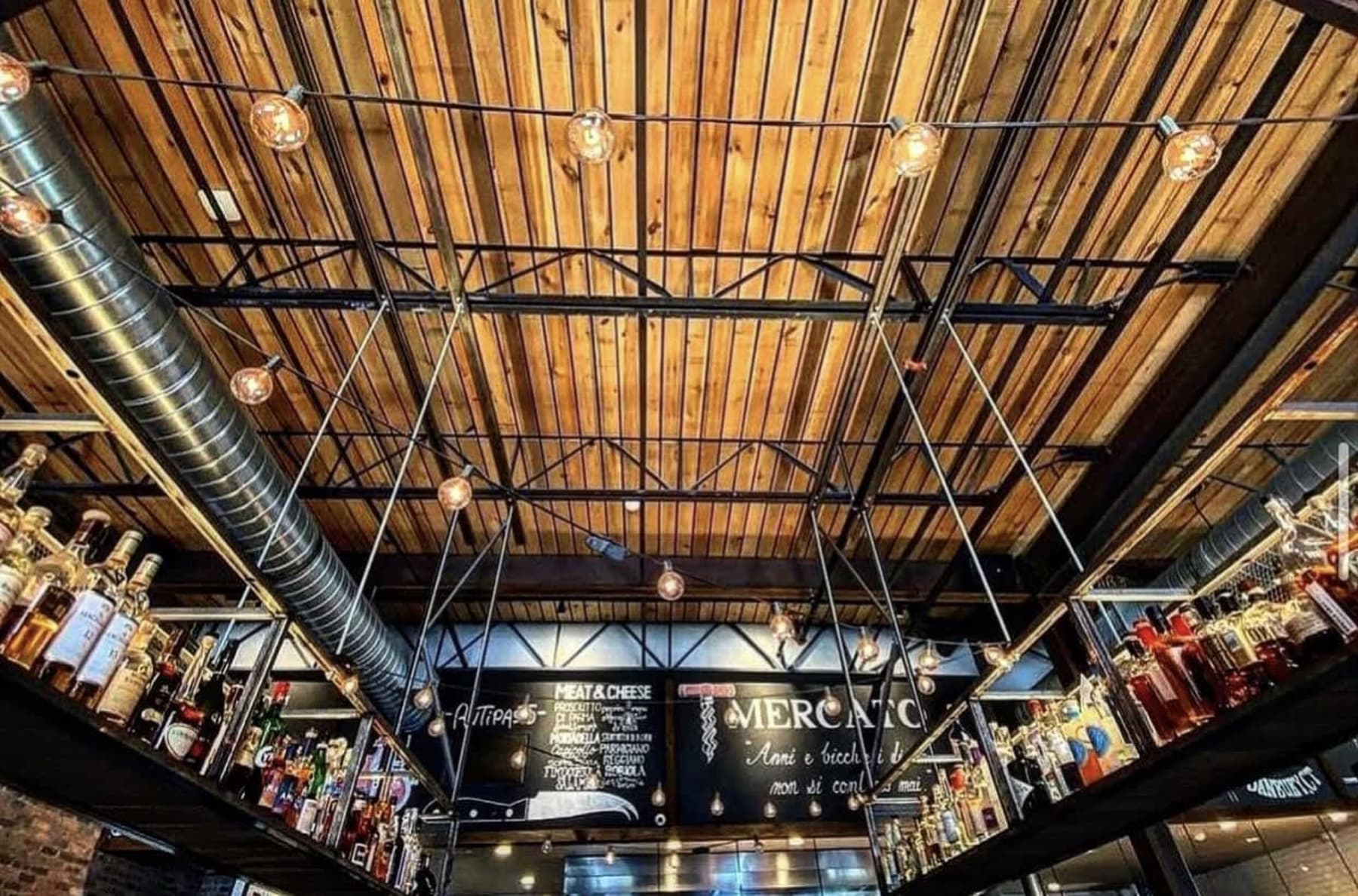


/how-to-install-a-sink-drain-2718789-hero-24e898006ed94c9593a2a268b57989a3.jpg)


